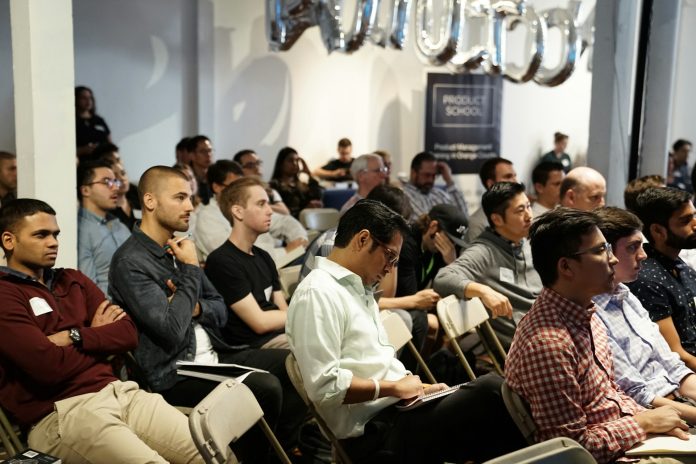Organizing a productive corporate staff conference is a big task that has to be carefully planned and carried out. A well-planned conference can boost employee engagement, encourage cooperation, and propel corporate success, whether it’s a yearly event, training session, or team-building retreat. In this post, we’ll go over seven essential measures to ensure the success of your business employee conference.
Define Your Objectives and Goals
If you want to guarantee the long-term achievement of your corporate staff conference, you must first clearly define your goals and objectives. Choose the goals you want the conference to achieve: It can introduce new business goals, foster team spirit, provide a platform for professional development, or honor achievements. By defining specific, measurable objectives, you may tailor the conference agenda and activities to achieve the desired outcomes. Moreover, defining precise benchmarks and intended results will offer a road map for organizing and carrying out the conference successfully.
Identify Your Target Audience
Next, determine who the intended audience for your corporate employee conference is. Please take into account the needs, interests, and demographics of your staff to ensure that the conference’s events and materials appeal to them. By identifying your target audience—front-line employees, leadership at all levels, or senior executives—you can tailor the conference experiences to meet their needs and preferences. You may optimize participant engagement and relevancy by customizing conference material and activities to the specific requirements as well as tastes of your target audience.
Choose a Relevant Theme and Agenda
Choosing an appropriate subject and schedule is crucial to producing a seamless and interesting conference experience. Develop the agenda around a topic that embodies the values, goals, and strategic goals of your organization. Provide a variety of keynote addresses, panel discussions, seminars, team-building exercises, and chances to network to create a conference that is well-rounded and appealing to a wide range of attendees.
Secure an Appropriate Venue
An important factor in the success of your business staff conference is the location. Pick an area that is easy to get to, handy for learning, and supportive of teamwork. When choosing a location, consider elements like capacity, facilities, multimedia capabilities, and catering possibilities. Whether the location is a virtual platform, a specialized event space, or a hotel convention center, be sure it fits your logistical needs and budget.
Plan Engaging Content and Activities
To keep guests engaged and involved in your corporation employee conference, you need to provide them with engaging information and activities. Assemble a varied roster of presenters, lecturers, and facilitators who can offer insightful analysis and unique viewpoints on pertinent subjects. To promote involvement and teamwork, include interactive components like Q&A sessions, group debates, and practical workshops. To promote links and unity among participants, including networking and team-building activities as well.
Communicate Effectively with Attendees
Ensuring that participants are educated and ready for the conference requires effective communication. Clearly and promptly communicate the agenda, timetable, logistics, and any prerequisites prior to the conference. Employ several communication methods, including email, social media, and corporate newsletters, to ensure that attendees are informed of pertinent information. Additionally, consider leveraging video production services to create informative videos highlighting key aspects of the conference, such as session previews, speaker introductions, and venue tours. Encourage two-way contact by asking guests for their opinions, responding to their inquiries, and resolving any issues they may have during the planning stage.
Evaluate and Follow Up
After the conference is over, please spend some time reviewing its accomplishments and getting participant input. Employ focus groups, interviews, or surveys to learn more, get feedback, and determine what needs to be improved. Examine important data like participation rates, degrees of engagement, and learning objectives to gauge how the conference affected your company. Create an action plan for handling any issues or concerns brought up based on the input you got, and then get in touch with the participants to thank them for coming and to explain the main takeaways and next actions.
Conclusion
A corporate employee conference must be well-planned, communicated, and focused on the engagement and happiness of its attendees. By adhering to these seven essential stages, you can produce an unforgettable and influential conference that encourages, informs, and inspires your staff to reach their greatest potential and support the growth of your company.














![[Viral Video] Wpcnt.com 2023: A Dive into Jannat Toha’s Viral Video Details](https://www.businesszillablog.com/wp-content/uploads/2023/10/viral-video-150x150.png)
![[UNCUT] Bashid Mclean Original Photo No Blur: Tania Head’s Unblurred Image Sparks Discussion Bahsid McLean la Photo Sin Miedo Al Ban](https://www.businesszillablog.com/wp-content/uploads/2023/09/image-4-786x420-min-150x150.png)

